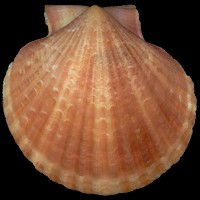
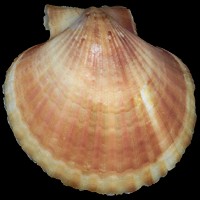
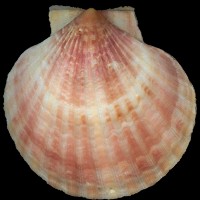
[Le Croisic] | [ Quiberon] |
SAINT-JAMES SHELLS | |
This population is the most homogeneous of the four: it does not vary a lot in color as in pattern. The shells range from a pale brown to a pale purple, and belong less or more to the form maculata.The forms lineata and concolor are extremely uncommon. |
 |  |  |
Three average shells sorted at St-James, coming from the eastern end of St-Michel's bay. The large majority of the shells collected here belong to the form maculata. Most of the time, the patterns are better defined on the ribs, and are concentrated close to the umbos. One would have the right to suppose that the young specimens, which live fixed, lack their marbled patterns when becoming free swimmers, and wear then an second type of camouflage, adapted to the more uniform environment (sand, mud, turbid water) in which they begin to live. But this does not explain at all why, in other places, a form as contrasted as lineata can prevail or survive. |
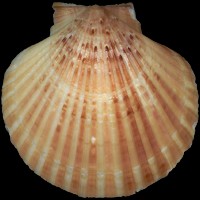 | 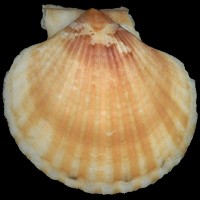 | 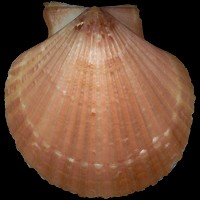 |
| The history of the shell, as drawn on the upper valve. Left: a young specimen; middle: an adult; right: an old timer. | |
Purple shells: |
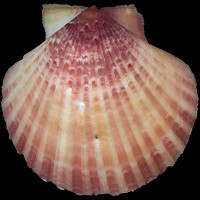 | This subadult specimen shows the juvenile dressing it weared on both valves. | 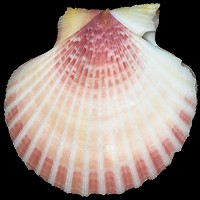 | |
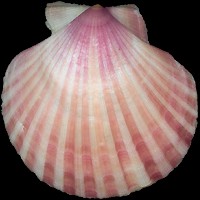 | These two shells are typical of purplish specimens of Saint-James dredging area. They lack well defined patterns. | 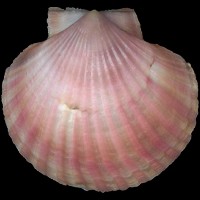 |
Two last pics | |
| Younger Older |
Stats |
| Forms: maculata 99% lineata, concolor 1% | Background color: pale brown 50% pale purple 50% other colors 0% | ||
[Le Croisic] | [ Quiberon] | ||